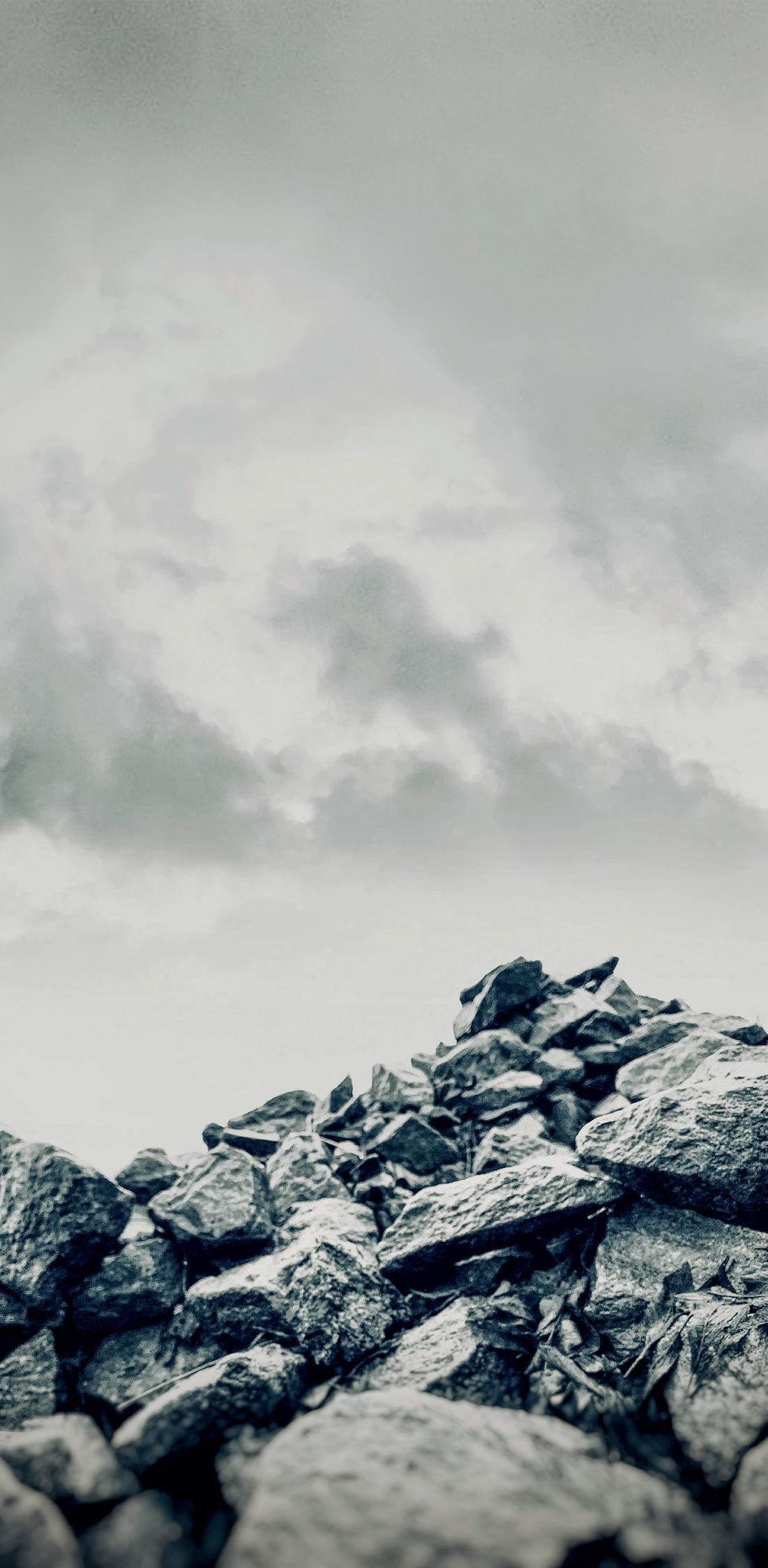
5 minute read
Czech Mill → A new product in the portfolio
The future is fine
Text: Luděk Vokáč
Advertisement
One of the smaller, but all the more interesting, members of MTX Group, Coal Mill, has changed its name. Now, it’s called Czech Mill. The company has started making a new product and is looking for a way to eliminate coal from its operation. Until recently, coal was their only key ingredient.
Coal Mill has been producing a truly unusual product called anthracite multidust. In essence, it’s finely ground anthracite that’s used in smelters or to make lime. However, the company doesn’t want to bet everything on these types of products alone, so it changed its name to Czech Mill this June. The new name is supposed to better represent the future portfolio since the company will no longer grind coal alone. At the end of April, whilst still called Coal Mill, the company received certification allowing it to sell a new product. The product is called ECO fly ash 450 and will complement the CF1 and CF2 ground coal that the company has been selling to date. “While introducing a new product into the portfolio may be routine for some companies, it’s a big occasion for us. It basically means we’ll change 50% of our production program,” remarks Czech Mill Chairman of the Board, Petr Labuzík about the news. Introducing a new product is also important for the future of the company. “There have been a lot of uncertainties surrounding coal lately. Even though latest developments suggest coal is going to stay with us for some time, we definitely don’t want to put all our eggs in one basket, so we started looking for ways to stop using coal in the future,” says the head of the company (simply put) about the use of a giant stone-grinding mill (we wrote about the production process in MTX Group Magazine 2021).
A focus on the circular economy
The new product, the fly ash, has a very different use to ground coal. It’s used in construction as an additive when mixing concrete. We can sell it to concrete plants that make fresh concrete but also to companies that manufacture prefabricated reinforced concrete pieces and structures. Czech Mill has been making fly ash in Dětmarovice since July. The base ingredient for making it is cinder, which is the residual waste from burning coal. Normally, it would end up in landfill. “We can source it from anyone who burns coal – power plants, heating plants, steel plants,” Labuzík explains. “We are happy that this has helped us become part of the circular economy. Something that wouldn’t normally be used gets a new life. Unused cinder becomes concrete. I’m really looking forward to seeing buildings built using our material,” he says. At the same time, Labuzík admits this doesn’t mean the company is moving away from coal completely. “We are not moving away from coal right now and we definitely don’t want to do so overnight. The new product is proof of that,” he explains. However, he also says using a byproduct from burning coal is more future proof than grinding it and making anthracite multidust. “We are talking about the next ten or fifteen years,” Labuzík suggests, adding: “Until then, we can work on other future-proof products. We already have some ideas.” For example, in the short term, the company can grind limestone, among other materials. “We are thinking about biomass and waste from certain agricultural and food-industry processes. For example, we could grind sunflower or coconut husks, or the pressed solids from olive oil production,” Labuzík says. But all this will take time, a lot of testing, and gradual development. Just like when we were developing the EKO fly ash 450.
Two years of work
Coal Mill worked on developing fly ash in partnership with Brno University of Technology over two years. “Our mentor is prof. Rudolf Hela from the Faculty of Civil Engineering. He’s helped us with the grinding process and checking the results. Also, he has done most of our material testing,” says Petr Labuzík about working with the university. The reason such a seemingly simple product was so difficult to develop is concrete durability. “You can add anything into concrete, but meeting durability standards is no easy task,” says Labuzík, adding that testing took a long time. The samples and their durability and stability are tested after one, two, and then three months. Only when a material meets all every standard after three months can it receive certification. The Czech Mill director says the fineness of grinding is the key to success. “The average grain size of multidust was 90 micrometers. With fly ash, it’s 45 micrometers,” he explains. Labuzík says that this fineness pushes the technical limits of the mill. The production process isn’t that different, but it’s more demanding because the mill needs less input material and needs to grind for longer. Having different products in the portfolio is also demanding. When changing products, the mill needs to be thoroughly cleaned, which takes half a day. On the other hand, the technology remains the same. The company just needs to evaluate the way new products affect the wear and tear of the mill.

